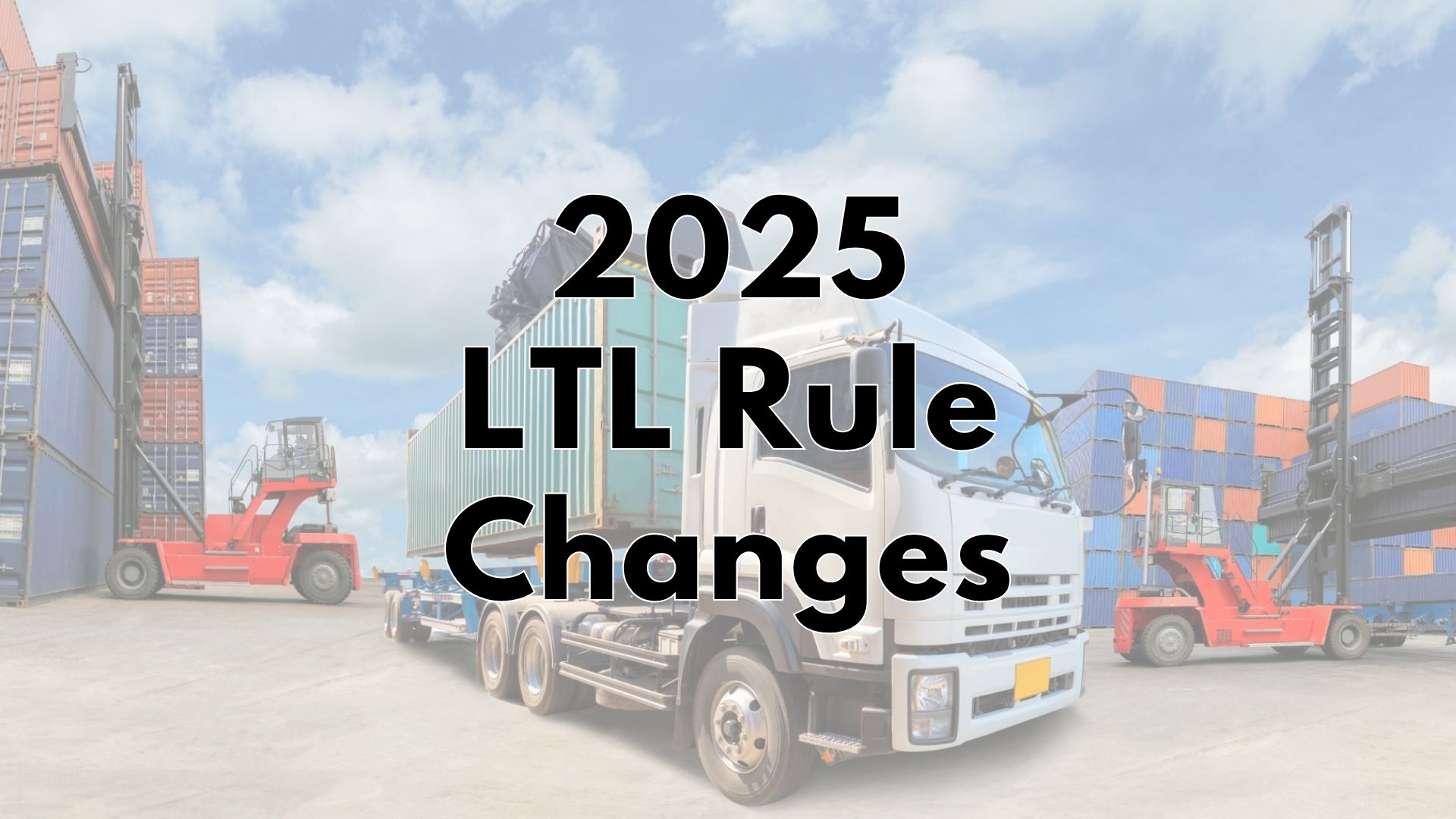Big changes were made to less-than-truckload (LTL) shipping classifications — and it can significantly impact your costs. Effective mid-July 2025, the National Motor Freight Traffic Association (NMFTA) updated freight class definitions, and that means:
- Some products may jump into a higher (more expensive) class
- Others may drop and offer cost savings
- Density will matter more than ever
If you haven’t reviewed your product classifications recently, now’s the time. Shippers who stay ahead of the curve will avoid billing surprises — and possibly reduce their freight spend.
To see how the new classifications will affect your freight costs, pull a sample of recent shipments and recalculate the class based on the new density tables. You may be surprised by what you find.
These updates are a great reason to revisit:
- Your packaging strategy
- Your transportation management system’s (TMS) class automation
- Your carrier contracts
How to Calculate Freight Density
Given the NMFTA rule changes, density will have a much bigger impact going forward. Follow these steps to calculate density:
Step 1: Calculate the total cubic inches of your shipping unit (pallet, case, etc.). Let’s say it is a pallet, which is 48L x 40W x 40H. This equals 76,800 cubic inches.
Step 2: Divide that by 1728, which is the number of cubic inches in a cubic foot. This equals 44.4 cubic feet of product on your pallet.
Step 3: Divide the gross weight by the number of cubic feet to get density per cubic foot. In our example, if the gross weight is 1,200 pounds, divide 1200 by 44.4 to get 27.
Step 4: Find 27 on the chart below. Note that is falls into Class 65.

How Density Drives Cost
Consider: If you’re paying $1.00 to ship something classified as Class 100, a Class 200 shipment will cost $2.00. Class 77.5? That’s 77.5 cents. It’s not exact, but it’s a helpful framework.
The bottom line: Better packaging and better palletization create denser packages, which leads to denser pallets resulting in lower freight costs.
As carriers shift more pricing to density, low-density items (think pillows, ping pong balls or deer antlers!) will cost more—because they take up space without adding weight.
Pricing is evolving to reflect how freight really impacts a trailer. It’s trying for the optimum balance between space and weight Smart shippers are prepared for the changing rules and how to best take advantage of them.
Size and Weight Matter. Together, They Drive Density.
A 3PL (third-party logistic provider) is an outside company that manages another company’s logistics and supply chain management. Many 3PLs are already ahead of the curve when it comes to taking advantage of NMFTA rule changes. They’ve installed dimensioners, like a Cubiscan, to automatically scan every inbound and outbound pallet or parcel to capture actual weight, dimensions, and thus, density, in seconds.
Here’s what this enables:
- Accurate freight classing under the new density rules
- Precise billing to clients (no more estimating)
- Fewer carrier chargebacks
- A clean audit trail
Shippers who use their own dimensioners aren’t just saving money — they’re protecting themselves. Think you’re too small to afford a dimensioner? There are affordable, flexible handheld devices out there that can be good options for companies with space or budget constraints who still want accurate dimensional data.
These shippers will have the data to defend against upcharges, will repackage freight strategically, and in many cases, cut LTL costs by 10–25%. Many will see full return on investment in under 12 months.
Whether you’re storing it or shipping it, you can’t afford to guess about size and weight anymore.
John Hogg is President of Straight Forward Consulting, and an expert in logistics. His knowledge, nationwide contacts and buying power can result in significant savings for clients in terms of time, stress and, most importantly, money. He also provides guidance in strategic sourcing, supplier alignment and supplier negotiations. His clients typically achieve a 15-20% savings in annual LTL spend.
